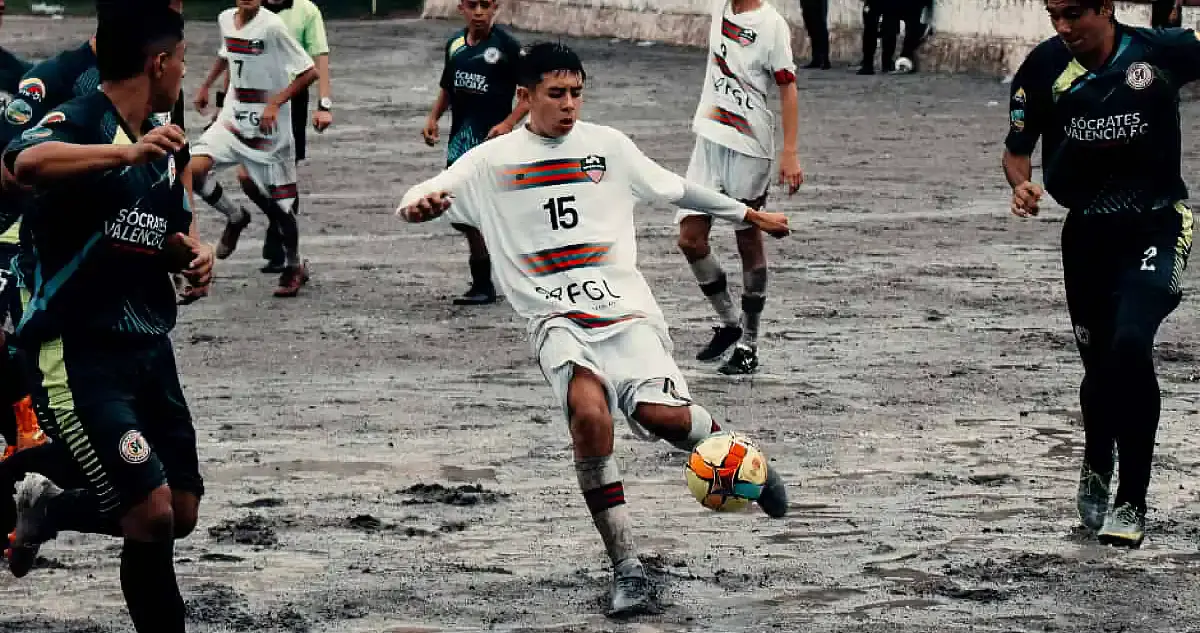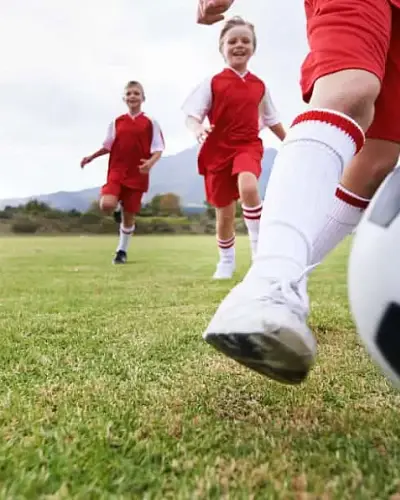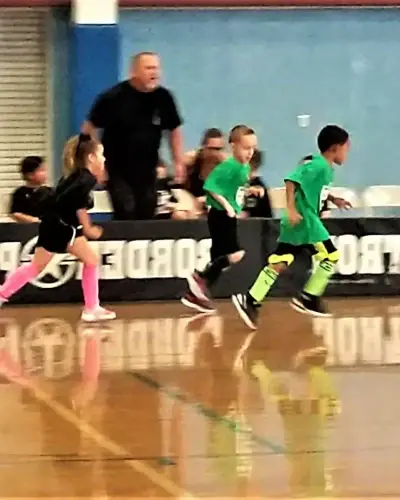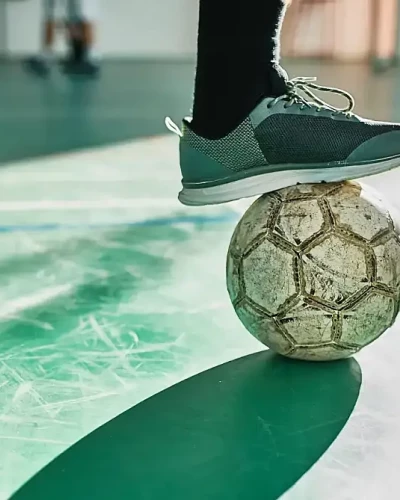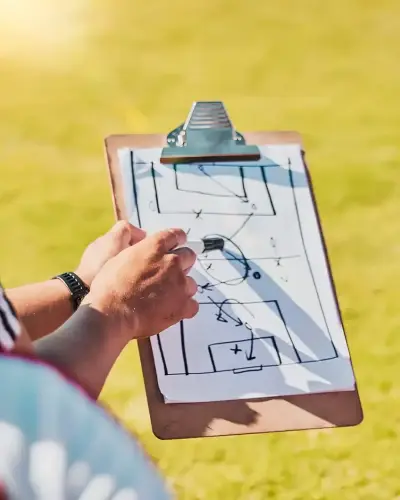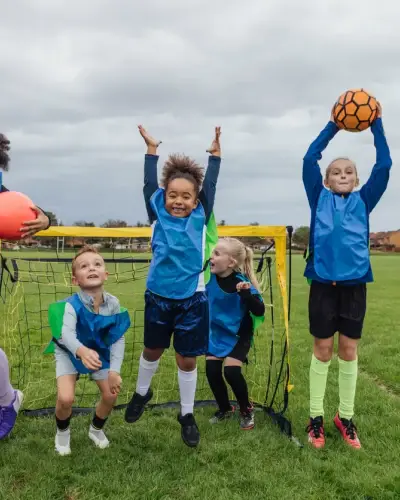Passing and Shooting Techniques in Football
"Ooh, unlucky! Next one will be better!" Every footballer has heard these phrases countless times. But is it really bad luck when a long pass is overhit? Is it really unfortunate when a shot hits the post or a through ball finds an opponent? While external factors like pitch conditions or weather can play a role, most missed passes and shots result from technical errors.
This guide breaks down key passing and shooting techniques, focusing on detailed execution and biomechanics to improve precision and effectiveness.
Passing Techniques
🔹 Inside-Foot Pass (Instep Pass)
The most commonly used and arguably the most important pass in football. Mastering it ensures consistency and accuracy in short and medium-range passing.
✅ Technique
- The body faces the passing direction.
- The standing foot is placed next to the ball, pointing in the pass direction.
- The passing foot rotates outward to 90 degrees, with the ankle locked (toes pulled up).
- A controlled swing follows, adjusting power based on the required pass distance.
- Upright posture ensures better balance and accuracy.
🔹 Outside-Foot Pass
Often a controversial technique—some coaches discourage it when used instead of the weak foot, while others value it for quick play and deception.
✅ Technique
- The passing foot tilts inward and downward, ensuring maximum contact surface.
- The ankle is locked, and the ball is played with a slicing motion.
- The pass can be played with or without spin, depending on the angle and contact point.
🔹 Driven Long Pass (Flighted Pass)
Used for switching play, diagonal balls, clearances, and set-pieces. Technically one of the hardest passes to master.
✅ Technique
- Standing foot placed next to the ball.
- The kicking foot extends fully in the motion, with the toes pointing down at impact.
- Contact is just below the ball’s center for backspin.
- The body leans slightly sideways, with the opposite arm outstretched for balance.
- Unlike other passes, the follow-through moves across the body instead of straight up.
⚠ Key Tip: Excessive height reduces ball speed due to air resistance—adjust the foot angle accordingly.
🔹 Chip Pass (Lob)
A short, lofted pass used to lift the ball over defenders or goalkeepers while maintaining control.
✅ Technique
- The body stays upright.
- The kicking foot remains at a natural 90-degree angle instead of fully extending.
- No full follow-through—the motion is stopped right after impact.
- Backspin is applied to help the ball drop quickly.
Shooting Techniques
⚽ Crossing (Curved Ball)
Crosses are crucial for chance creation, with David Beckham being the prime example of precision crossing.
✅ Technique
- The ball is struck with the inside of the foot (instep), slightly toward the inside of the big toe.
- The body leans into the kick to apply curved spin.
- A full follow-through is used to generate pace and swerve.
- The contact point varies:
- Lower ball contact = higher cross.
- Mid-ball contact = whipped cross with dip.
⚽ Laces Shot (Power Shot, Instep Drive)
The hardest shot in football—used for long-range goals and penalty kicks.
✅ Technique
- Standing foot positioned next to the ball.
- The striking foot is fully extended, with toes pointed down.
- The knee is over the ball to keep the shot low and controlled.
- The kicking leg swings fully, with the follow-through aimed toward the target.
- The upper body leans forward progressively during the strike.
⚽ Knuckleball
A high-risk, high-reward shot with unpredictable movement due to minimal spin.
✅ Technique
- The strike is centered on the ball using the instep.
- A firm, locked ankle ensures solid contact.
- The kicking foot follows through only slightly, minimizing spin.
- The body remains slightly upright, creating a "floating" effect.
⚽ Volley (Half-Volley & Full Volley)
Striking the ball before it touches the ground (full volley) or immediately after the bounce (half-volley).
✅ Technique
- Positioning is key—adjust footwork to meet the ball cleanly.
- The body leans slightly back for height or forward for low, driven volleys.
- The timing of the strike determines the power and trajectory.
Key Takeaways
⚡ Consistency comes from repetition—techniques must be trained with high volume and variation.
⚡ Body positioning and foot mechanics are just as important as the contact point.
⚡ Different players may have slight variations in technique due to body structure and biomechanics.
⚡ Assess execution based on flight path, accuracy, and speed—not just movement patterns.
Mastering passing and shooting techniques is fundamental to improving game intelligence, creativity, and execution under pressure. 🎯
